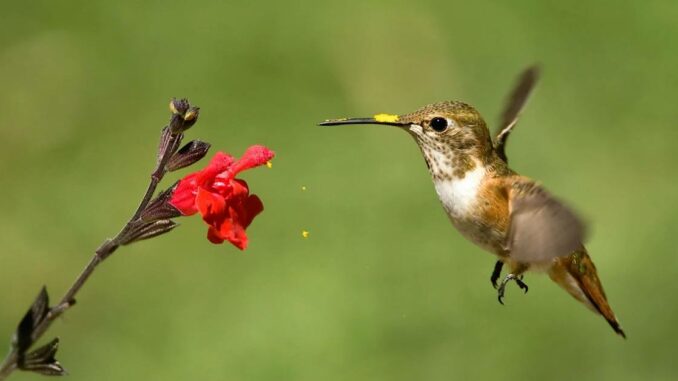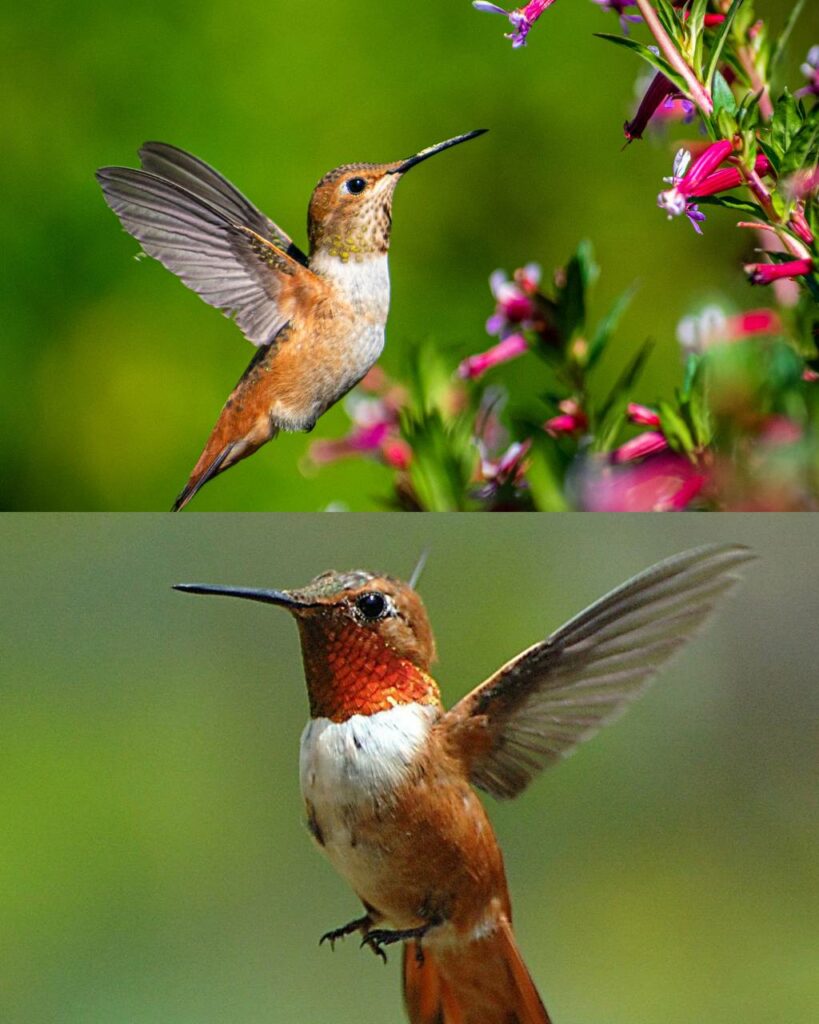
Bird tours in the UK allow avid birdwatchers to interact with over 600 species that live in a variety of habitats. More than three million Brits go birdwatching each year, according to the Royal Society for the Protection of Birds (RSPB), and with an estimated 166 million nesting birds across approximately 600 species, dedicated bird tours to the UK’s most wildlife-rich habitats offer a highly satisfying experience. These are just three of the many rewarding destinations for birdwatchers.
Devon (Bird Tours)
Devon is a delight for birdwatchers at any time of year, but in spring, when migration is in full swing, the number of species that can be seen in the diverse habitats of South Devon is simply astounding.
Resident and migratory species abound across heathlands and moors, coastal headlands, and the beautiful lakes. Nightjars, Dartford Warblers, Great Crested Grebes, Redstart, Pied Flycatcher, Dipper, Cetti’s Warbler, and Cirl Bunting are among the many species that can be seen here.
The Scilly Isles (Bird Tours)
The Isles of Scilly, located off the coast of Cornwall at the UK’s southernmost point, are a renowned avian paradise, home to a plethora of resident and migratory waders, passerines, and seabirds. The islands have a temperate Oceanic climate that is much warmer than the rest of the UK, and inhabited islands such as St Agnes, St Martin’s, Tresco, and Bryher have a plethora of wildlife and a fascinating natural history.
Visitors on bird tours to the Scilly Isles can expect to see any of the 400 other species that either make the islands their permanent home or stop off on their way from Southern Europe, Siberia, and North America, in addition to the delicate Song Thrush and colonies of Manx Shearwater, Shag, and Storm Petrel. These may include the Black-necked Grebe, Brent Goose, Wryneck, Spoonbill, Eastern Yellow Wagtail, Golden Orioles, Bee-eaters, Little Crake, Blue-winged Teal, Squacco Heron, and Syke’s Warbler depending on the season.
Norfolk (Bird Tours)
Cley Marshes, located on the northern Norfolk coast, is The Norfolk Wildlife Trust’s oldest nature reserve. Its model as a protected breeding sanctuary for birds, which has been in operation since 1926, has set the standard for many others across the UK. Along with a resident breeding population, birdwatchers can expect to see a variety of migrant passerines, wildfowl, and waders in the marshes, reedbeds, lagoons, and shingle beach.
Among the species are the sought-after Bearded Tit and Bittern, as well as the Spotted Redshank, Avocet, and Little Gull. Wayland Wood in Breckland is another excellent birdwatching location, with Nightingale, Stone Curlew, Tree Pipit, Crossbill, Golden Pheasant, and Woodlark sightings possible.
Investigate the United Kingdom (Bird Tours)
These three locations only scratch the surface of the incredible opportunities available to enthusiastic amateur birdwatchers in the United Kingdom. The scope and beauty of the magnificent avian life can be experienced in Cornwall, Hampshire, Somerset, the Isle of Man, Northumberland, Suffolk, Pembrokeshire, Yorkshire, and many other places.
Understanding how flowers benefit the environment can make flower tours even more interesting for those going on them. Flowers benefit our environment in a variety of ways, despite the fact that it may appear that they were placed on the Earth solely for our viewing pleasure. From the most meticulously tended garden roses to wildflower meadows blooming with abandon, every bloom, every bud, every root, and every seed – no matter how small – plays an important role in the world’s eco-system.
Here is a brief overview of how flowers benefit the environment for amateur botanists, those going on organized flower tours, or anyone with an interest in the natural world.

Nature’s Environment (Bird Tours)
Clean air: The most important function of flowering plants (like all plants) is to absorb carbon dioxide and harmful toxins from the atmosphere and produce the vital oxygen needed to support all life on Earth.
Pollination: Their attractive appearance and vibrant colors attract pollinators such as bees and other insects. And, while pollination may be self-serving for that particular plant species, every species is critical to the overall health of the ecosystem.
Water and soil: The anatomy of flowering species helps to purify soil and water (aquatic and subaquatic species) by absorbing CO2 and nutrients through their foliage (and releasing O2) and preventing erosion through their roots.
Mulch: Flowers, like all living things, are part of the great cycle of life, which includes death. When the blooms wither and fall off the plant, they decompose and become nutrient-rich mulch for other plants.
The Natural Environment (Bird Tours)
Aesthetics and health: The most obvious benefit to humans is the visual beauty that flowers add, which can be as simple as looking and smelling wonderful. According to research, there is more to “flower power” than we may have thought when the phrase was coined. Flowers have been linked to the promotion of positive mental health, blood pressure maintenance, anxiety reduction, relaxation, and general well-being, and have even been shown to induce feelings of compassion.
Maintaining food sources: Birds, bees, and insects drawn to flowering plants contribute to the human food chain. The greater the amount of pollination and plant reproduction, the more stable our food sources (fruits, vegetables, grain crops). Furthermore, the presence of bees and birds reduces the number of potentially damaging insects that destroy crops.
Flowers have been used for medicinal purposes by many cultures throughout history. They have long been recognized for their medicinal properties and are used in dried form, tonics, and essential oils. These remedies are entirely natural and have little to no side effects, as well as being far less expensive than synthetically produced drugs. Edward Bach is the most well-known modern homeopath, having developed his Bach Flower Remedies in the 1930s, which are still widely used today.